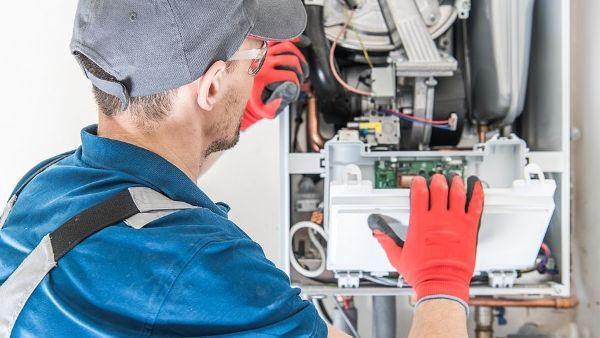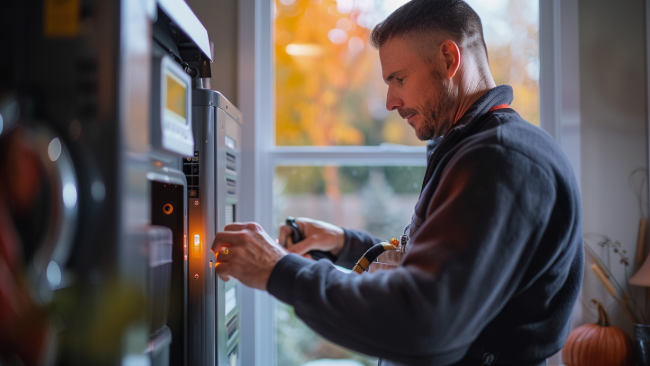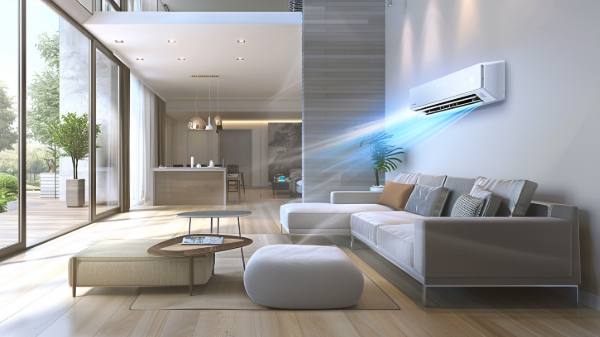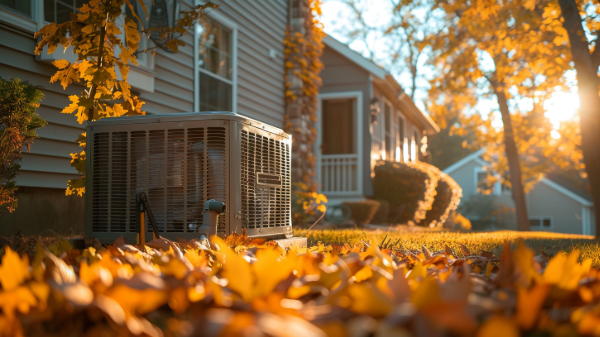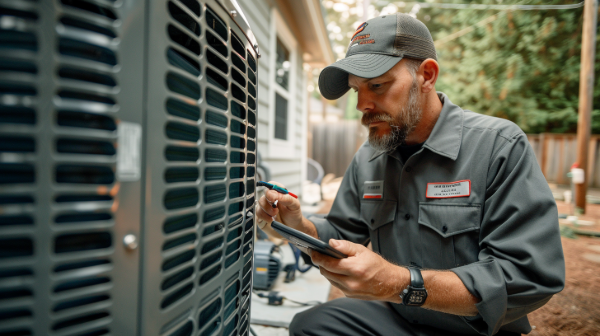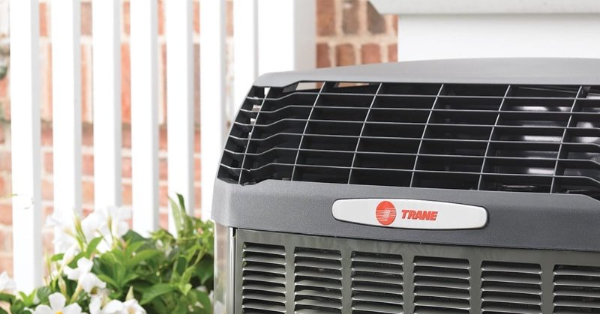Comparing Gas Furnace Features
A Closer Look at Gas Furnace Features
If you're replacing your gas furnace, you are in good stead with an HVAC contractor in Santa Rosa. Many people looking for their first furnace in many years are surprised at what today’s furnaces offer. Modern gas furnaces can save you a nice bundle of money over time, are more eco-friendly and energy-efficient than ever before, and offer more reliable heating.
Single-Stage, Two-Stage, and Modulating
Gas furnaces may be single-stage, two-stage, or multistage (modulating), depending on the gas valve and burner. (Stages function similarly to how you adjust the heat on your gas oven, gas grill, or gas stovetop.)
Single-Stage
The fuel is either on or off, and the gas flows at a constant rate when the burner is ignited. There is no way to adjust the flow of the gas. Many older furnaces are single-stage.
Two-Stage
This type of furnace has a high and low setting. You could use high when you need more heat on colder days. Otherwise, two-stage furnaces run at the low setting as much as they can.
This furnace can be more efficient than a single-stage furnace and give you more consistent indoor temperatures. It may be a good fit in small, one-floor homes that do not require too much heating power.
Modulating (Multistage)
The burner on a multistage furnace allows for precise heating control since it adjusts based on your control system settings or thermostat. As the temperature in a room changes, the furnace flame gets bigger or smaller to keep the temperature within a few degrees of the number that is set on the control system or thermostat.
When you turn a modulating furnace on, it usually operates at the highest flame and blower levels possible. Once the house has heated up enough, the heat modulation begins.
Many people enjoy the comfort that this type of furnace provides. The temperature inside the house typically feels "just right," and not too hot or too cold. It does help if the house is well-insulated, though.
An HVAC contractor in Santa Rosa can help you understand which type of furnace might fit your needs and budget best. Modulating furnaces tend to cost more upfront than the other two types but are budget-friendly over time.
Communications
Your new furnace may be able to “communicate” with you. For instance, many modern furnaces have features such as automatic maintenance reminders. They show up on the control system and remind you that it’s time to change the filter, schedule preventative maintenance, or do something along these lines.
Plus, the diagnostic control board may be able to communicate multiple system performance functions to make installation, maintenance, and repair easier. You should also be able to manage the furnace system and program it remotely no matter where you are in the world. That’s helpful for keeping your bills low when you are on vacation.
Energy-Efficiency
The minimum required Annual Fuel Utilization Efficiency (AFUE) in the United States is 80%. Basically, at least eight-tenths of each BTU must return as heat that warms the home. (The rest of the heat may escape through chimneys, windows, doors, and the like.) The higher the AFUE percentage, the more energy-efficient a furnace is. Most range from 80% to 98% AFUE.
Furnaces that are 80% AFUE tend to cost less upfront but cost more to operate over time. Some 90%-98% models may qualify for tax credits. Your HVAC contractor in Santa Rosa should know about any credits that could apply to your situation.
Heat Exchanger
Indoor air circulates through the heat exchanger and is rewarmed before returning to living areas. Heat exchanger technology has come a long way over the years, too. You may see features such as tubular construction, wrinkle-bend technology, and stainless or aluminized steel in your furnace’s heat exchanger.
Smaller Size
It may be natural to think that the bigger a furnace is, the better it performs. This is not necessarily true. Many modern gas furnaces are noticeably smaller than their older counterparts and much more efficient.
To determine the size (or BTUs) needed, your Santa Rosa installation tech does a manual J load calculation. This formula looks at variables such as the home’s square footage, insulation, the number of windows and their locations, and other things.
Don’t let yourself get cold on a chilly night in Santa Rosa.
Get in touch with Next Level HVAC today to compare your furnace options and set up installation.

